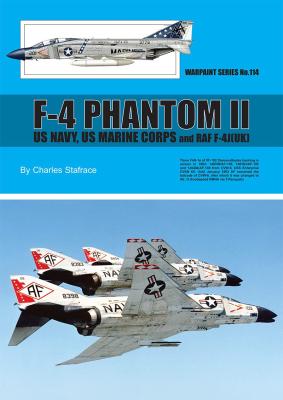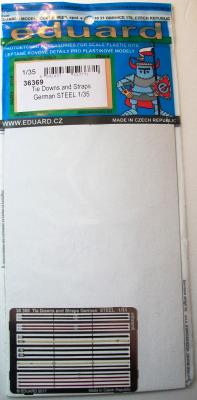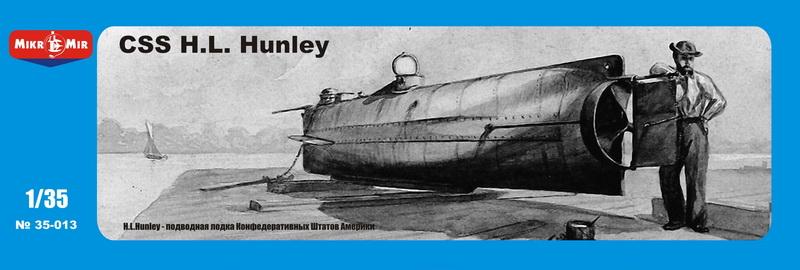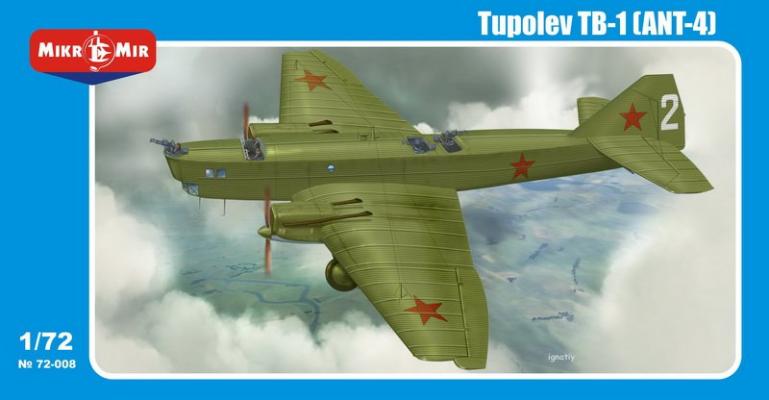“Underway on nuclear power.” With those words uttered by Commander Eugene P. Wilkinson on the morning of 17 January 1955, the United States Navy had begun a new era in how submarines (later aircraft carriers, and for a time guided missile cruisers) would be propelled through the waters of the world. The USS Nautilus, SSN-571 was built using a Tang-class hull design, with a revolutionary Westinghouse nuclear reactor providing the steam used to power and propel the boat. SSN 571 was the sixth U.S. Navy vessel to carry the name Nautilus; she was authorized for construction in July 1951, her keel was laid in June 1952, and was launched in January 1954. She was decommissioned in March 1980 after steaming over 500,000 miles, and is currently on display at the Submarine Force Museum.
Welcome to the IPMS/USA Reviews site!
Introduction: The primary organization of the IPMS/USA Review website is by IPMS/USA National Contest Class. Within each Class there are sub-menus by kits, decals, books, etc. The Miscellaneous Class is for items that are not class specific or that cross two or more classes.
IPMS/USA Members: We encourage you to submit reviews, both here and to the Journal. To volunteer for membership in the IPMS/USA "Reviewers Corps" and submit your own reviews, please read the Guidelines For Submitting Product Reviews.
Manufacturers, publishers, and other industry members: IPMS/USA is pleased to offer your company the opportunity for product reviews. All product reviews are performed by IPMS/USA members, and are posted in the publicly-accessible section of our website. With very few exceptions, we perform full build reviews of new kit releases, aftermarket products, and supplies. If you would care to provide product samples for review, please contact John Noack, IPMS/USA 1st VP.
To learn more about IPMS/USA, please see our About Us page.
This is another excellent addition to the War Paint Series written by Charles Stafrace, a well-known and repeat contributor to the War Paint series. Theillustrations by Richard J. Caruana support the text and story line, and in and of themselves, are an excellent collection of Aviation Art. This book covers the development, deployment, service, and retirement of one of the most well-known aircraft, especially for those who came to maturity during the Vietnam conflict. The historian will find that the book covers the development and service of the Phantom II in detail, and the modeler will find the book to be an excellent source of information, detailing the aircraft with photographs and outstanding artwork.
This is a photoetch Interior set of various German WWII type tie down straps. This set has one colored photoetch sheet with both sides being colored.
In the Packet is:
- 1 colored photoetch sheet
Summary
This is a fantastic set for adding some great details to any German WWII vehicle to replace molded-on straps or to attach additional aftermarket stowage materials. There are 14 straps/tie downs included of three different colors and 6 different designs. Being steel, that are very easy to form and shape. They can even be flattened again and re-formed without the paint peeling as it does with brass.
I will be buying a few more sets for my many armor builds to come.
Thanks go to Eduard for providing this set to review and IPMS USA for allowing me to review it.
Disclaimer: Mikro-Mir’s 1/35 CSS Hunley is probably one of the more accurate representations of this iconic Civil War submersible. As preservation of the original craft continues, more details come to light regularly. There are numerous interpretations of different features of the boat, and online research probably raised more questions for me than answered them. In the end, I elected to go with my best judgement of how to represent these features, most of which involve the spar torpedo arrangement. It’s also quite possible that the actual configuration changed during the Hunley’s brief career, so my interpretation is just that – an engineering judgement on my part. Here are several websites that may be helpful to you if you elect to build this kit:
https://www.hunley.org/ is the official Hunley website, and well worth a visit
History
The Tupolev TB-1 heavy bomber was a historically significant aircraft, in that it was the world’s first all-metal multi-engined bomber. After World War I, Dr. Hugo Junkers established an aircraft plant in the Soviet Union, and Russian designers, notably Andrei Tupolev, learned from the Germans’ techniques of building metal aircraft, and began design and construction of a twin engine prototype bomber in 1925. The prototype was built in Moscow, but in November, 1925, the aircraft was flown, and the decision was made to place the plane in production as the TB-1. A former Junkers plant in Fili, near Moscow, was used for production. Powered originally by British Lion engines, the production models had 680 hp. Russian Mikulin M-17 water cooled engines, which were developed from German BMW VI’s.















